Painting with mica powder is an easy and exciting way to add shimmer and metallic effects to your art. Mixing mica powder with your favorite paints, like acrylics, lets you create glowing colors and eye-catching textures that really stand out.
You can use mica powder in your painting to make shiny, sparkling, or metallic effects. Mica powder works with many art supplies, like acrylic paint, resin, or even by itself. Some ways to use it include mixing mica powder into your paint, putting it under your painting, or sprinkling it on top while the paint is still wet.
You don’t need any fancy tools—just your paint, some mica powder, and a mixing cup. Whether you want to pour paint on canvas, add highlights, or even try it on fabric, mica powder brings sparkle and depth to any project.
If you’re ready to make your artwork pop with shine, keep reading for simple tips on painting with mica powder!
What Is Painting With Mica Powder & Why It’s Awesome

Painting with mica powder lets you add shiny, pearly colors to your art. It creates a depth and sparkle that regular paint just can’t match.
You can use it in all sorts of ways, from canvas to resin projects. That unique glow really makes your work pop.
Define Mica Powder: Pearlescent Mineral Pigment
Mica powder comes from tiny pieces of mica, a natural mineral. These pieces get ground down into a fine powder that shines with a pearly, metallic effect.
The powder is safe and non-toxic, so it’s a favorite in arts and crafts. Mica powders reflect light, giving your paint a shimmering look.
They come in tons of colors—gold, silver, blue, pink, you name it. You can mix mica powder with acrylic, oil, or resin to get paint that sparkles and shifts color depending on the light.
Main Benefits: Shimmer, Depth, And Versatility Across Mediums (Acrylic, Oil, Resin, Paper)
Using mica powders in your art adds a bright shimmer that grabs attention. The shimmer adds depth and makes your paint look more alive.
This effect can turn simple projects into something that looks polished and professional. Mica powder is also super versatile.
You can mix it with:
- Acrylic paint for canvas or paper
- Oil paint for richer textures
- Resin for jewelry, tabletops, or decorations
It works on wood, glass, paper—you get the idea. You can even make your own custom paint by adding mica powder to a clear base.
This lets you control how shiny or colorful your paint is, so you can match your project perfectly. Discover fun ideas in Mica Powder Uses: Creative Ways to Add Sparkle and Color. Check out the article for inspiration!
Essential Supplies & Choosing The Best Mica

To paint well with mica powder, you need the right tools and a sense of which kind of mica works best. The quality of your materials seriously shapes your final result.
Fine mica and the right mixing medium make a big difference. Deciding between natural and synthetic mica will also affect how your paint looks and behaves.
Must‑Haves: Fine Mica, Mixing Medium, Brushes, Sealant
Start with fine mica powder—it blends smoothly and gives a shiny, even finish. Coarser mica can look grainy or bumpy, which isn’t always ideal.
Pick a mixing medium like clear acrylic, resin, or gesso to blend with your mica. This helps the powder stick to your canvas or surface evenly.
Use soft, synthetic brushes for delicate application. Flat or round brushes both work, depending on your style.
After painting, add a sealant like a clear varnish or spray sealer. That way, your work stays protected and the mica keeps its shine.
Which Mica To Pick: Natural Vs Synthetic, Fine Vs Coarse For Smooth Finish
Natural mica is made from ground minerals and has a warm, earthy shine. It works best if you want an organic look.
Synthetic mica is man-made and tends to be brighter or more vibrant. It also offers more consistent particle size and color, which can be handy for reliable results.
Fine mica powders give you a smooth, reflective finish. Coarser powders add texture but can make your paint rough or matte.
If you want smooth, metallic effects, go for powders labeled "ultra-fine" or "micron" grade. That keeps your paint layer thin but still sparkly.
Just a quick tip—try mixing two shades of fine mica powder if you want more depth in your art.
How To Mix & Paint With Mica Powder
You can get shimmering, colorful effects by blending mica powder into clear bases and applying it in different ways. Paying attention to your mixing amounts and application methods helps you get smooth, vibrant results.
Sealing your finished work keeps the sparkle lasting longer. No one wants their shimmer to fade, right?
Best Practice: Blend Mica Into A Clear Or Transparent Base (Resin, Gel, Medium)
Mica powder works best when you mix it into a clear or transparent base like resin, gel, or a clear acrylic medium. These bases let the shimmer show through.
Start by measuring your clear base in a clean container. Slowly add mica powder in small amounts and stir well with a palette knife or mixing stick.
Keep stirring until the powder dissolves and the color looks even. This avoids a chalky finish and helps the mica stay suspended in the mixture.
Don’t add mica straight to thick paints like oil without thinning first—it tends to clump up.
Mixing Tips: Correct Ratio (Start Small, E.G., ¼ Tsp), Strain To Avoid Clumps
Begin with a small amount of mica powder, maybe ¼ teaspoon for every two tablespoons of your base. Add more mica slowly if you want a stronger color.
Mix thoroughly to break up clumps. For extra smoothness, strain the mica mixture through a fine mesh or nylon stocking.
Mica powder is light, so it may settle quickly. Give the mixture a stir now and then to keep the shimmer even.
Application Methods: Brush, Pour, Sprinkle, Airbrush—With Layering For Richer Shimmer
You’ve got options when it comes to applying mica powder paint. It really depends on your project and what you’re aiming for.
- Brush: Use soft brushes to paint mica mixtures on paper or canvas.
- Pour: Pour resin mixed with mica onto surfaces for smooth, flowing layers.
- Sprinkle: Dry sprinkle mica powder onto wet paint or glue for textured shine.
- Airbrush: Thin the mica blend and spray it for fine, even shimmer coverage.
Layering multiple coats builds richer color and shine. Each layer reflects light a bit differently, which adds depth.
Seal Your Work For Lasting Shimmer
Once your painting dries, seal it with a clear varnish, resin topcoat, or spray sealer. This locks in the mica powder and keeps it from rubbing off or fading.
Pick a sealer that matches your base. For acrylic or paper, use an acrylic varnish spray. For resin or gel, go with a compatible resin layer or gloss medium.
Sealing also protects your artwork from dust and moisture. That way, your shimmer stays bright for years.
Mica Powder In Different Mediums
Mica powder works in lots of art supplies, but each medium needs a slightly different approach to keep the shimmer bright. You can control the look by mixing mica with clear liquids or thinning agents.
Some mediums need a bit more care to keep the powder evenly spread and vibrant. But hey, that’s part of the fun.
Acrylic/Oil: Mix With Clear Base Or Glaze Over Paint (Avoids Dulling Color)
With acrylic or oil paints, it’s best to mix mica powder into a clear base or glaze instead of the paint itself. That way, the mica’s shine doesn’t get dulled by heavy pigment.
You can use clear acrylic medium, glazing liquid, or even a transparent oil medium to blend the mica powder. This lets you layer shimmer without losing color vibrancy.
Applying mica as a top glaze over dry paint works, too. It adds sparkle without changing your original color.
I’d skip stirring mica directly into really pigmented or dense paints—it usually just kills the shine and muddies the color.
Resin & Epoxy: Post-Hardener Mixing For Glossy Depth
For resin or epoxy, add mica powder after you mix the two parts but before it starts to harden. This keeps the mica suspended and gives your piece a deep, glassy shimmer.
The mica doesn’t dissolve, but it spreads evenly, creating a reflective and glossy finish. Stir gently to avoid bubbles but enough to blend the mica.
You can mix different mica colors for cool effects. Clear epoxy keeps the mica looking bright.
Ready to boost your art with bold colors? Browse our pigment powder collection for vibrant shades that make every project pop!
Watercolor/Paper: Mica + Water = Shimmering Washes
With watercolors, you need a binder to keep mica powder on paper, since mica doesn’t dissolve in water. Mix mica with liquid gum arabic or another watercolor medium.
Gum arabic acts as a glue that sticks mica particles to the paper and prevents flaking. You can then dilute this mix with water for shimmering washes.
Layering helps you build up the sparkle without making things heavy. Don’t just shake mica powder into watery paints—it sinks and settles too fast.
Spray/Auto Finishes & Airbrushing: Use Fine Mica, Thin, Strain, Clear‑Coat
For spray paints or airbrushing, use very fine mica powder so you don’t clog the nozzle. Thin mica with a compatible clear liquid or spray medium.
Passing the mix through a fine strainer gets rid of clumps and ensures a smooth application. After spraying, add a clear coat to lock in the mica’s shine and protect the surface.
Automotive finishes often use mica for metallic effects, so most clear coats are designed to work well with it. Fine powder and proper thinning help you get a sleek shimmer on big surfaces.
Pro Tips & Fixes For Common Problems
Using mica powder in your paint can sometimes bring challenges like clumps, color shifts, or tricky clean-up. Paying attention to these details will improve your finished work and make the process smoother.
Avoid Clumps: Thin Mediums, Strain, Mix Thoroughly
Clumps pop up because mica powder doesn’t dissolve. Start by mixing mica powder with a thin medium like water, acrylic medium, or oil thinner.
This helps the powder spread evenly instead of bunching up. Use a fine strainer or sieve before applying your paint to catch any lumps.
Mix your paint well with a palette knife or brush to break up clumps. If you spot clumps after drying, lightly sand the surface before adding another layer.
Small amounts of mica go a long way. Adding too much at once just raises the risk of clumping and messes with your paint flow.
Preserve True Color: Choose Matching Mica Shades Vs Gold/Silver Tints
Mica powder comes in tons of shades, not just metallics. To keep your colors true, pick mica powder that matches your base paint tone—so, blue mica with blue paint, not gold-tinted mica.
Metallic gold or silver powders add shine, but they also shift the color, which might not fit every project. If you want shimmer but don’t want the color to change, look for mica powders labeled “transparent” or “neutral tone.”
Test your mix on a small surface before starting. That way, you’ll see if the mica changes the color more than you’d like, and you can tweak your mix.
Build Depth: Layer Mica, Let Fully Dry Between Coats
To get rich effects, try applying mica powder paint in thin layers. Let each layer dry completely before adding the next one.
This keeps your colors crisp and stops them from turning muddy. Drying time depends on your medium—oil paints take way longer than acrylics.
You can use a hair dryer or fan to speed up acrylic drying, but don’t use heat on oil paint or you’ll mess up the texture. Layering mica builds shimmer and gives your work a glowing, three-dimensional vibe.
Try alternating mica layers with plain paint for extra contrast. It’s fun to experiment and see what pops.
Clean Up: Wipe Tools Promptly To Prevent Staining
Mica powder can stain brushes, palettes, and mixing containers if you leave it to dry. Clean your tools right after use with warm water and soap.
If you’re using oil-based paints with mica, grab some mineral spirits before washing with soap. Dry mica powder is messy—don’t blow or shake off excess powder, or you’ll have a glittery mess everywhere.
Wipe your tools with a damp cloth right away. That keeps mica from sticking and makes clean-up easier next time.
It also protects your tools and keeps your colors pure for your next project. Trust me, it’s worth the extra minute.
Safety & Care
When you work with mica powder, you’ve got to protect yourself from dust and handle it with a bit of care. Good ventilation and skin protection help you dodge health risks.
How you store mica powder matters too, if you want it to stay fresh and safe.
Work In A Ventilated Area; Avoid Inhaling Powder
Mica powder is super fine and floats into the air easily. If you breathe it in a lot, it might irritate your lungs or cause breathing trouble over time.
Stay safe by using mica powder in a room with good airflow—open a window or run a fan. Don’t blow or shake mica powder into the air.
Pour it slowly and close containers quickly to limit dust. If you’re worried, a mask that filters fine particles isn’t a bad idea.
Use Gloves, Airtight Storage
Mica powder can bug sensitive skin, so gloves are a smart move. Nitrile or latex gloves keep your hands clean and protected.
When you’re done, stash mica powder in airtight containers to keep out moisture and dust. Label things clearly, especially if you’re juggling a bunch of colors.
Keeping powders sealed prevents spills and helps them last longer. Plus, it saves you from a headache later.
Quick Project Ideas To Practice
Try mixing mica powder with different materials and see how it changes color and texture. Using mica powder in your projects adds shine or a metallic effect that really makes your work pop.
You can experiment with simple tools and pick up new tricks as you go. Sometimes you just have to dive in and play around.
Canvas Art & Metallic Backdrops
Mix mica powder into your acrylic or oil paints for glowing highlights on canvas. Add mica to wet paint or sprinkle it on before the paint dries for a shimmery finish.
Pastel shades of mica powder work great if you want soft, subtle glimmers. For metallic backdrops, mix mica with gel medium or clear glue and spread it over the canvas.
This gives you smooth, shiny surfaces that make your subject stand out. Try layering colors or use stencils to shape the shimmer—it’s easier than it sounds.
Looking for something extra sparkly? Check out our iridescent glitter collection and give your crafts a dazzling, colorful shine!
Resin Pours: Tumblers, Trays, Jewelry
Mica powder works perfectly in resin—it stays suspended and adds a lasting metallic look. Before you pour, mix mica thoroughly with resin and hardener so you don’t get clumps.
Swirl different mica colors into your resin mix to create custom tumblers, trays, or jewelry. Pastel or bold shades both look amazing, depending on your style.
Tutorials can help you figure out curing times and layering effects, so you don’t get bubbles or blotchy color. Sometimes it takes a little trial and error.
Paper Crafts: Shimmer Watercolors, Cardmaking
Add mica powder to watercolors or mix it with craft glue for creative paper art. With watercolors, mica creates a shimmering wash that lights up your design.
Use pastel mica colors for delicate effects on cards or invitations. You can sprinkle mica over glue on your paper crafts for glittering details too.
Try different amounts until you find the shine that feels right. There are plenty of easy tutorials online if you want some guidance.
Spray/Airbrush Finishes: Custom Auto/Mural Accents
Try mica powders with clear spray mediums or airbrush paints for custom metallic finishes on cars or murals. Mica adds reflective shimmer that catches the light, especially in sunlight.
Before spraying, mix mica powder evenly into your clear coat or paint so you don’t clog the nozzle. Layer thin coats to build up depth.
Pastel mica tones give subtle highlights, while stronger metallic shades really turn heads. Safety gear is a must when you’re working with sprays—don’t skip it.
Conclusion
Painting with mica powder lets you create art that glows and sparkles. You can mix mica powder into paint, resin, or even use it dry to get different shiny effects. Try mixing it into your favorite paint or sprinkling it on wet paint for a magical touch.
With just a little practice, you can make your paintings look unique and eye-catching. Experiment with different colors and techniques to see what you like best. Your art will stand out with the beautiful shine mica powder brings!
Frequently Asked Questions
What can I mix with mica powder to make paint?
You can mix mica powder with a bunch of liquids to make paint. Acrylic paint or a clear acrylic medium are the most common—they help mica stick and spread smoothly.
For a basic mix, start with 1 part mica powder to 3 parts binder. Adjust the ratio if you want more shine or a thicker paint.
You can also try watercolors, oil mediums, or even clear nail polish. Each one changes the texture and finish, so test small batches to see what works for you.
What is mica powder used for in art?
Mica powder adds sparkle and color to all sorts of art projects. Use it in:
- Paints for walls or canvases
- Resin crafts and jewelry
- Soap making and candles
- Bath bombs and cosmetics
In painting, mica makes metallic or pearlescent effects that catch light and add depth. It’s a finely ground mineral, so the color stays bright and doesn’t fade easily.
If you want shimmer without metal or glitter, mica is a great pick. It’s honestly pretty versatile.
Will mica powder stick to acrylic paint?
Yep, mica powder sticks well to acrylic paint if you mix it right. Add mica powder directly into acrylic paint for a shiny, even finish.
If you just sprinkle mica over wet acrylic, it probably won’t stick well and could flake off when dry. Mix mica into the paint or into a clear acrylic medium before painting for the best results.
How much mica powder per gallon of paint?
It depends on the look you want, but a good starting point is about 1/4 cup to 1/2 cup of mica powder per gallon of paint.
Too much mica makes the paint thick and tough to apply. Less mica gives a subtle shimmer, more gives a bold metallic look.
Always mix well and test a small batch before you commit to a big area. Saves a lot of headaches.
Can you mix mica powder with rubbing alcohol?
Yeah, you can mix mica powder with rubbing alcohol. People do this all the time for alcohol inks or marbling effects.
Rubbing alcohol works as a thinner. It helps mica powder spread out in thin layers, especially on non-porous surfaces.
Just keep in mind, rubbing alcohol dries fast and the smell can be a bit much. Make sure you’re working somewhere with good airflow.
You might need to mess around with the mica amounts to get the look you want. Sometimes it settles or fades quicker than paint does, so don’t be afraid to experiment a little.

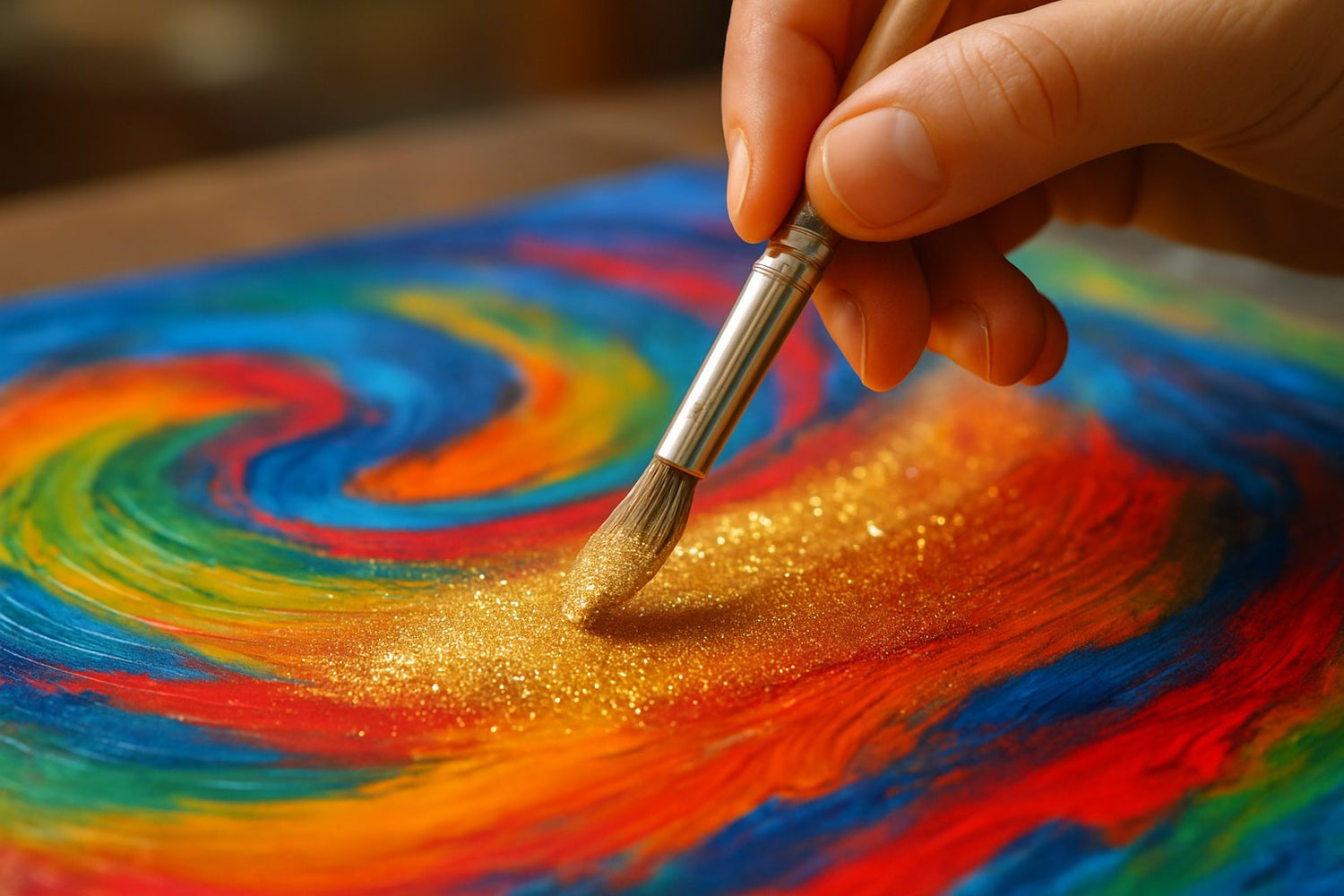
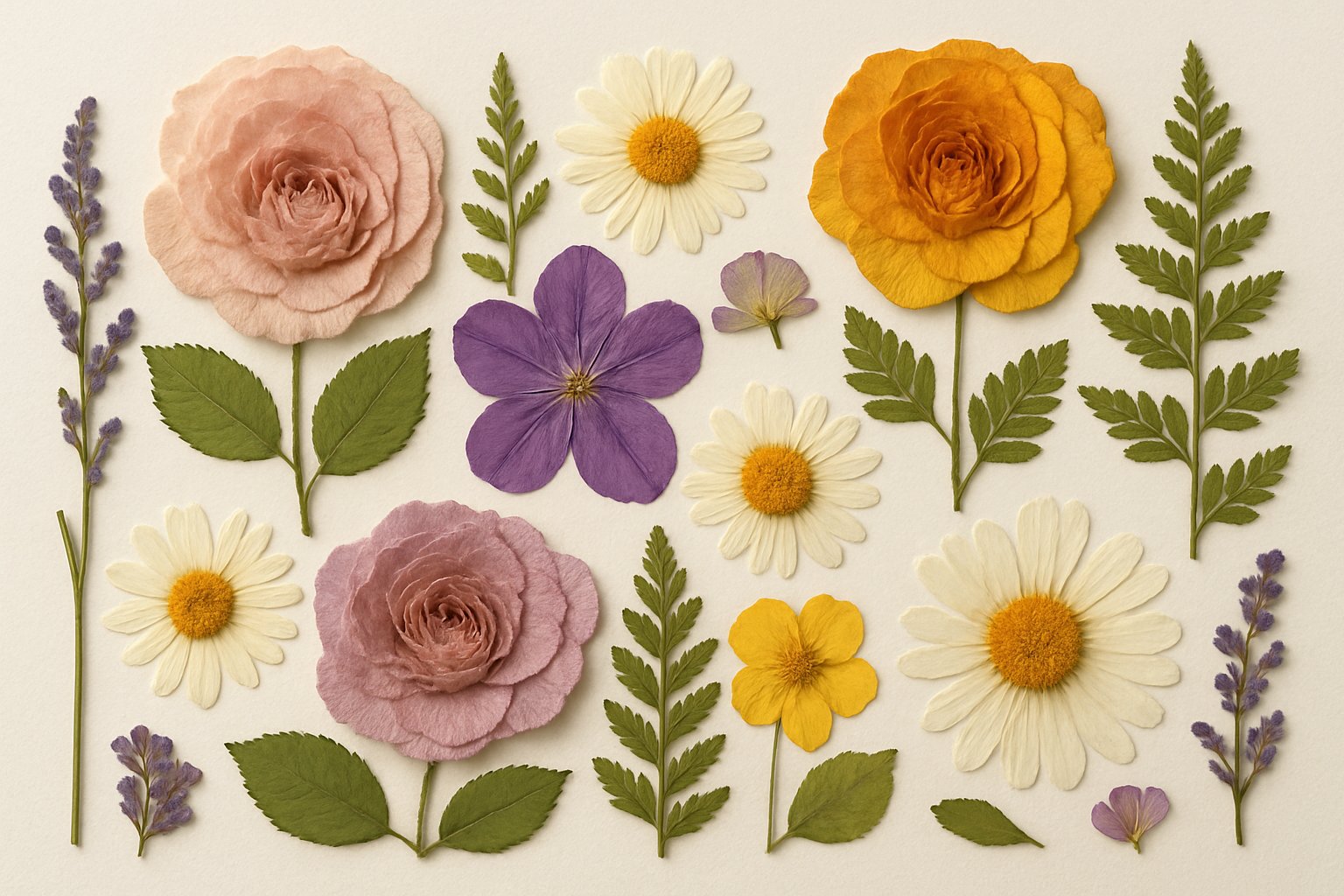
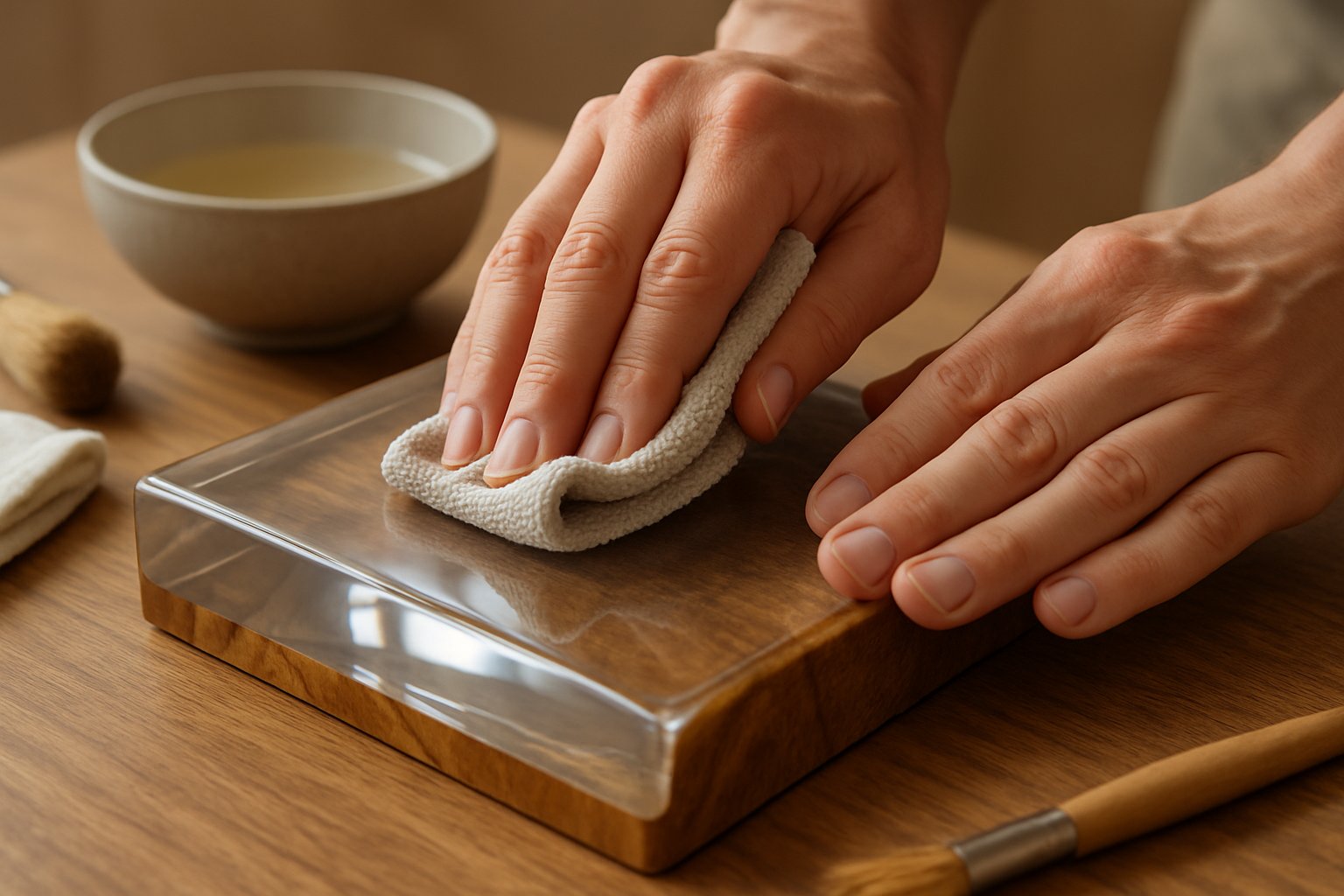
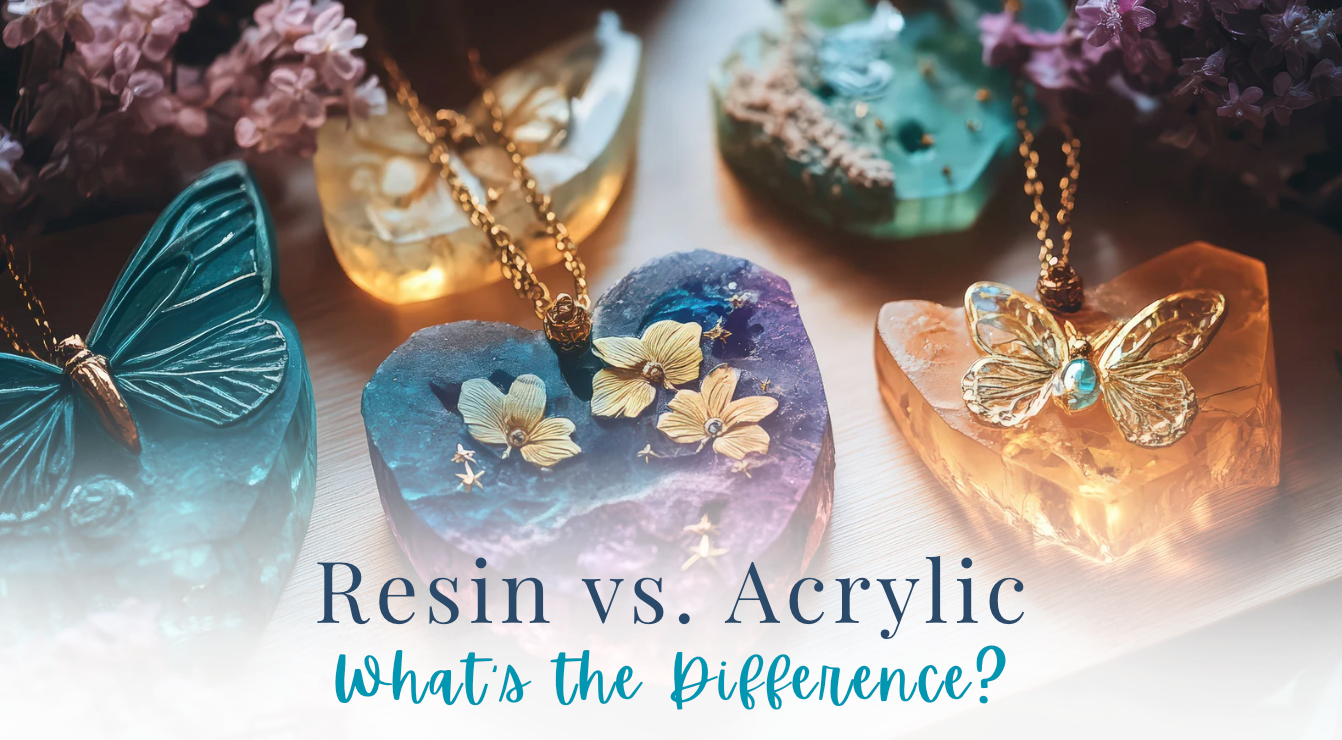
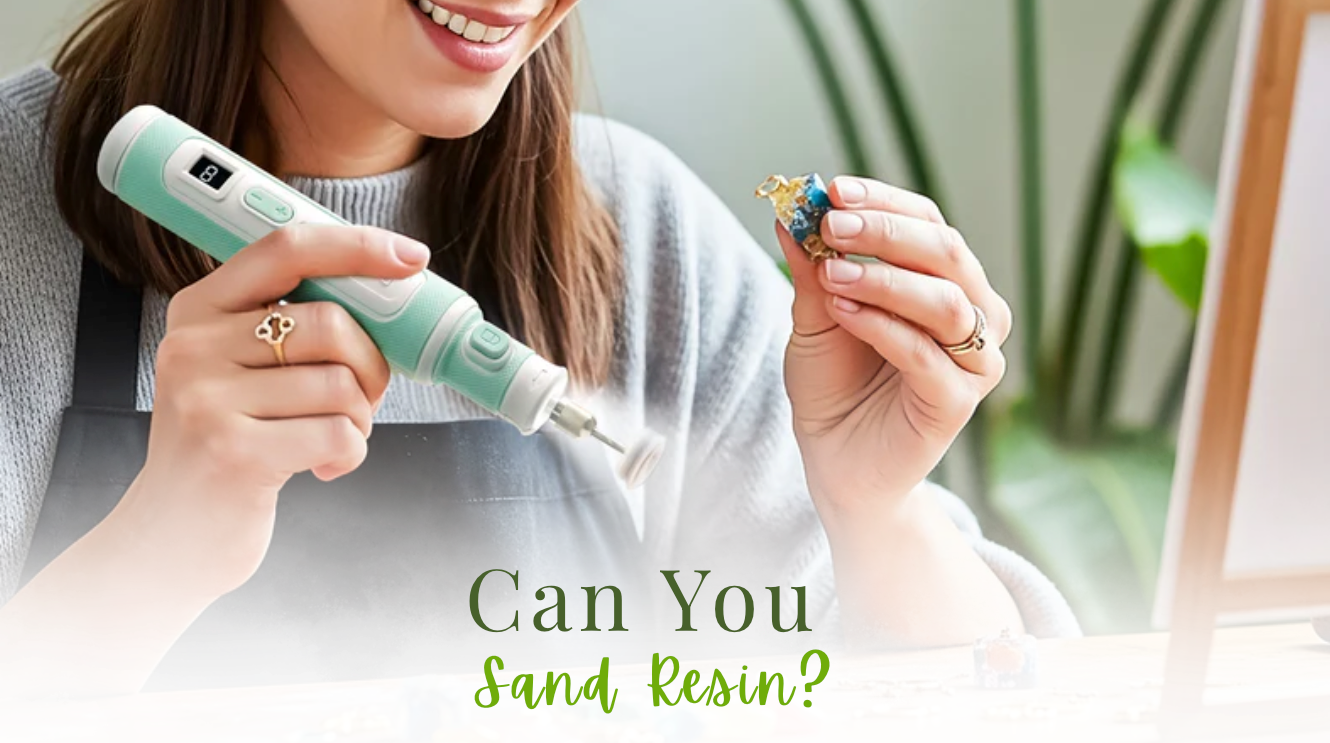
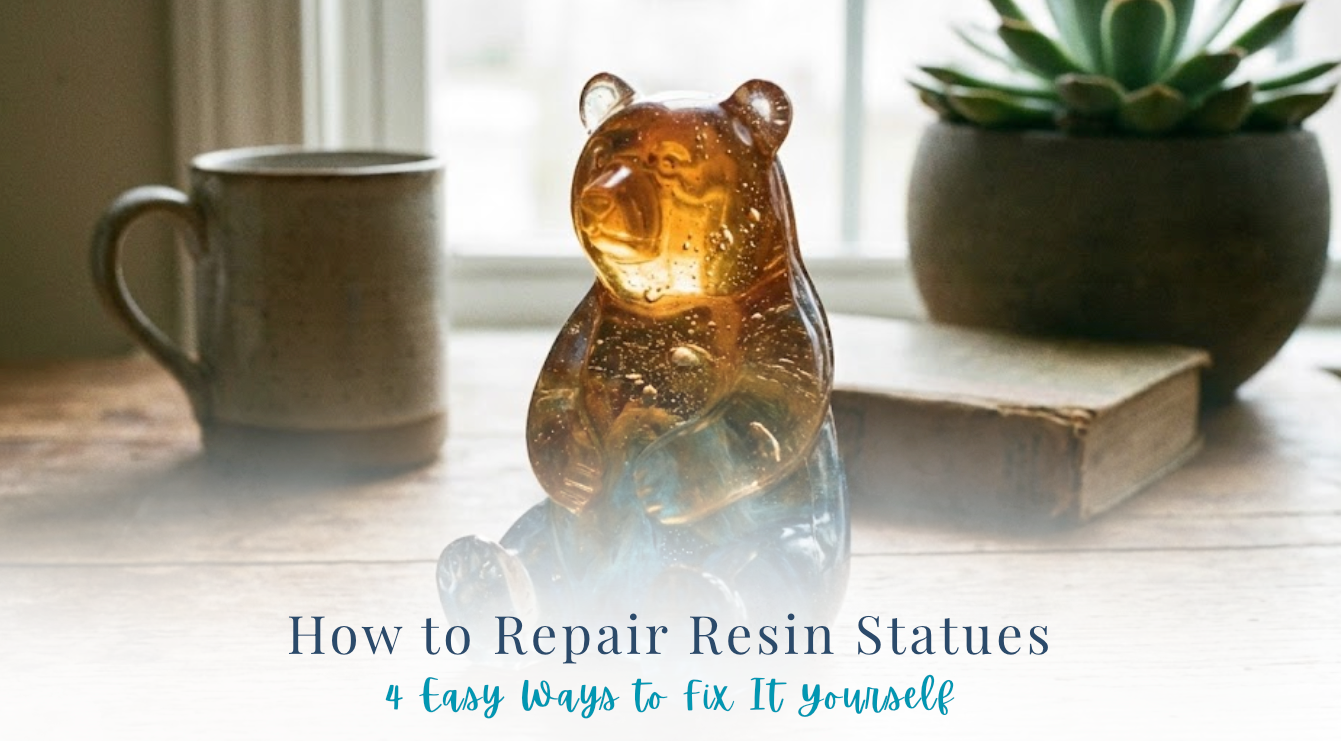

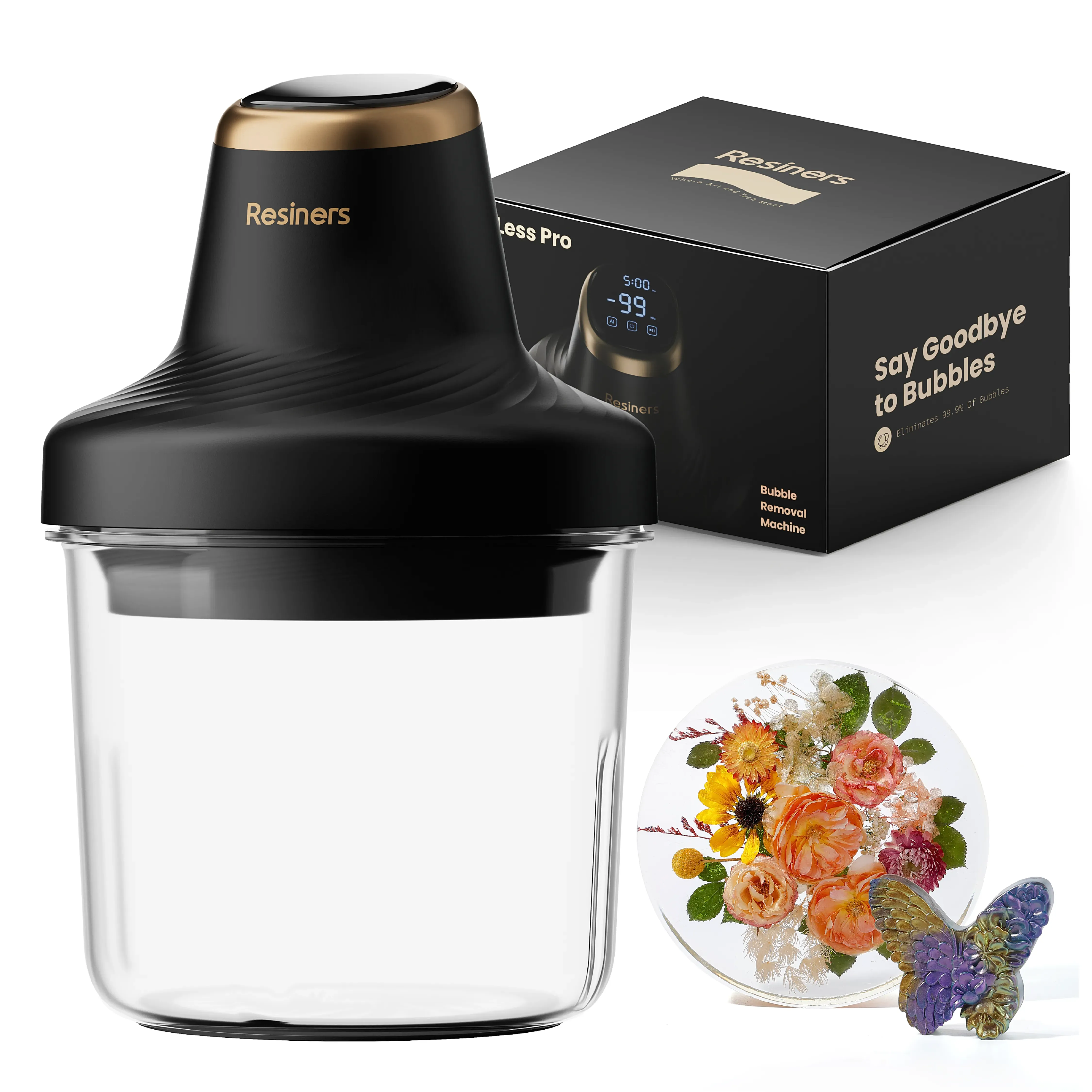
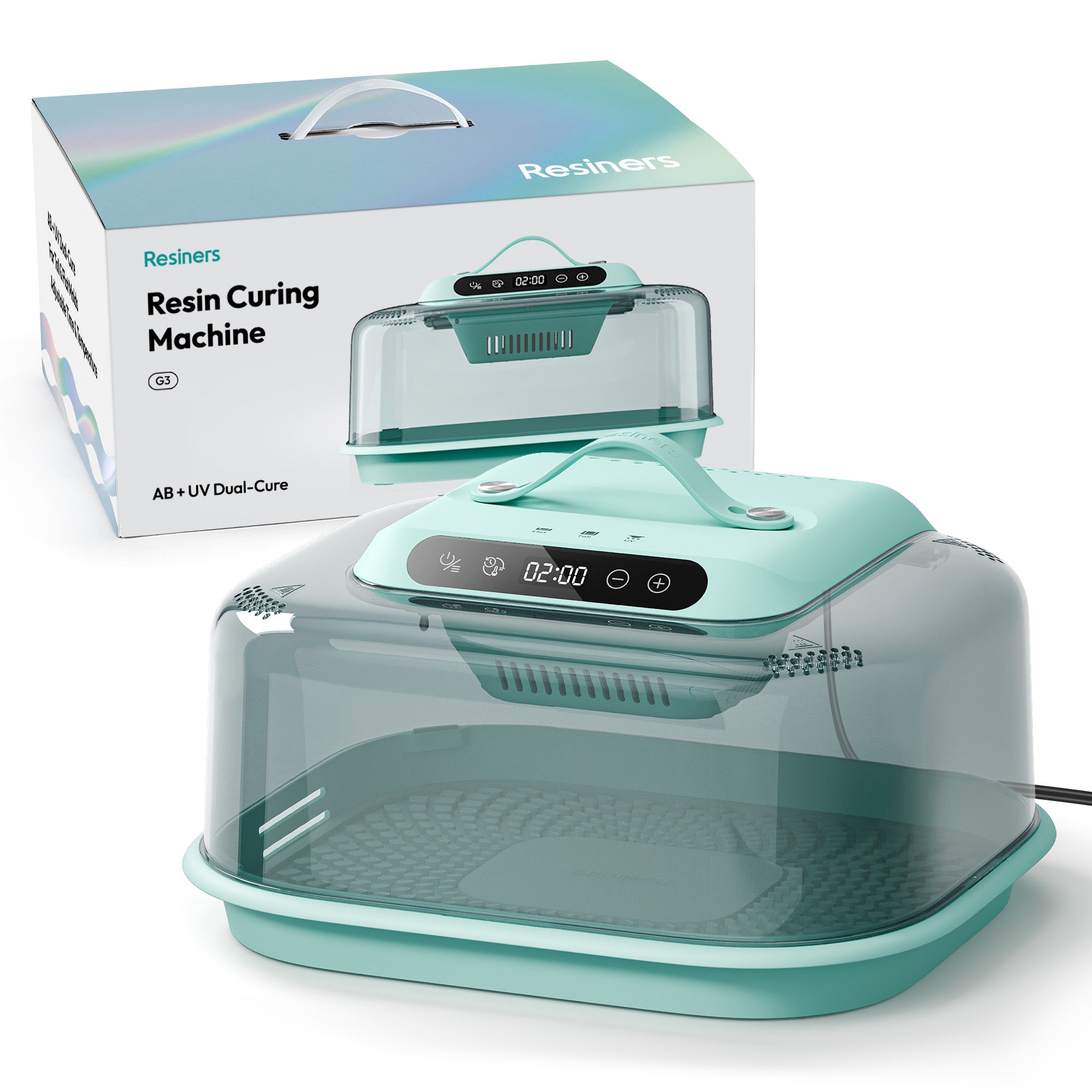

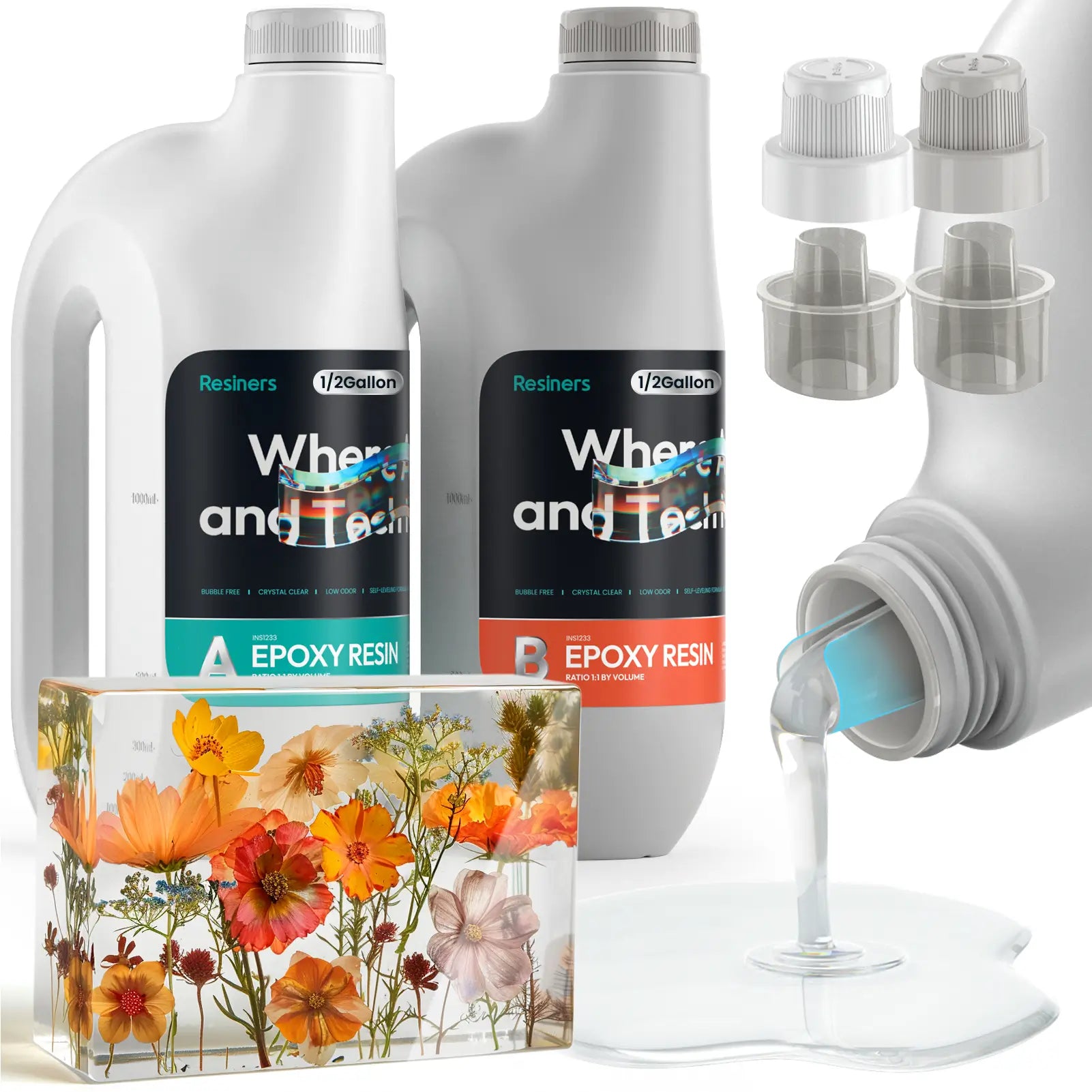
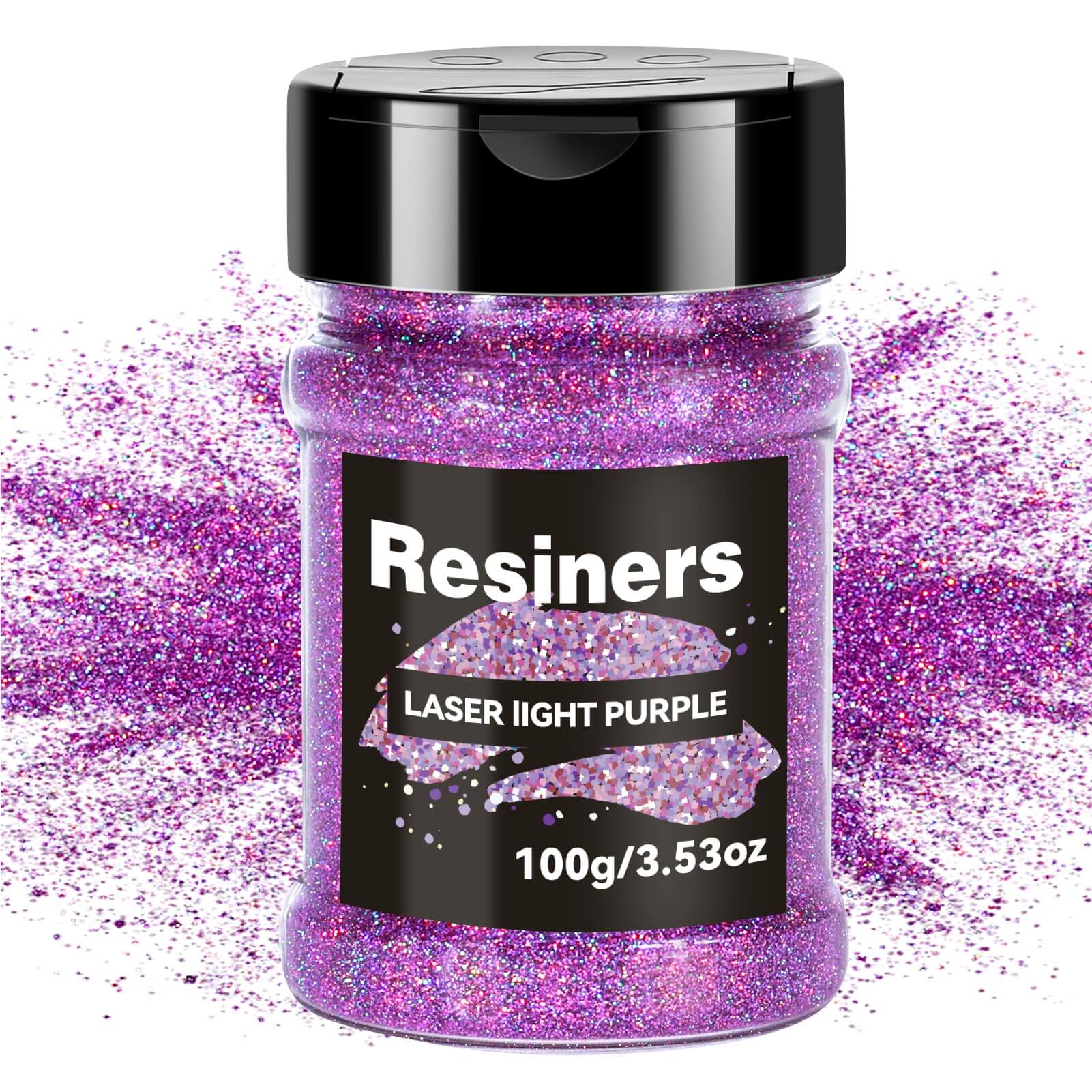
Leave a comment
This site is protected by hCaptcha and the hCaptcha Privacy Policy and Terms of Service apply.